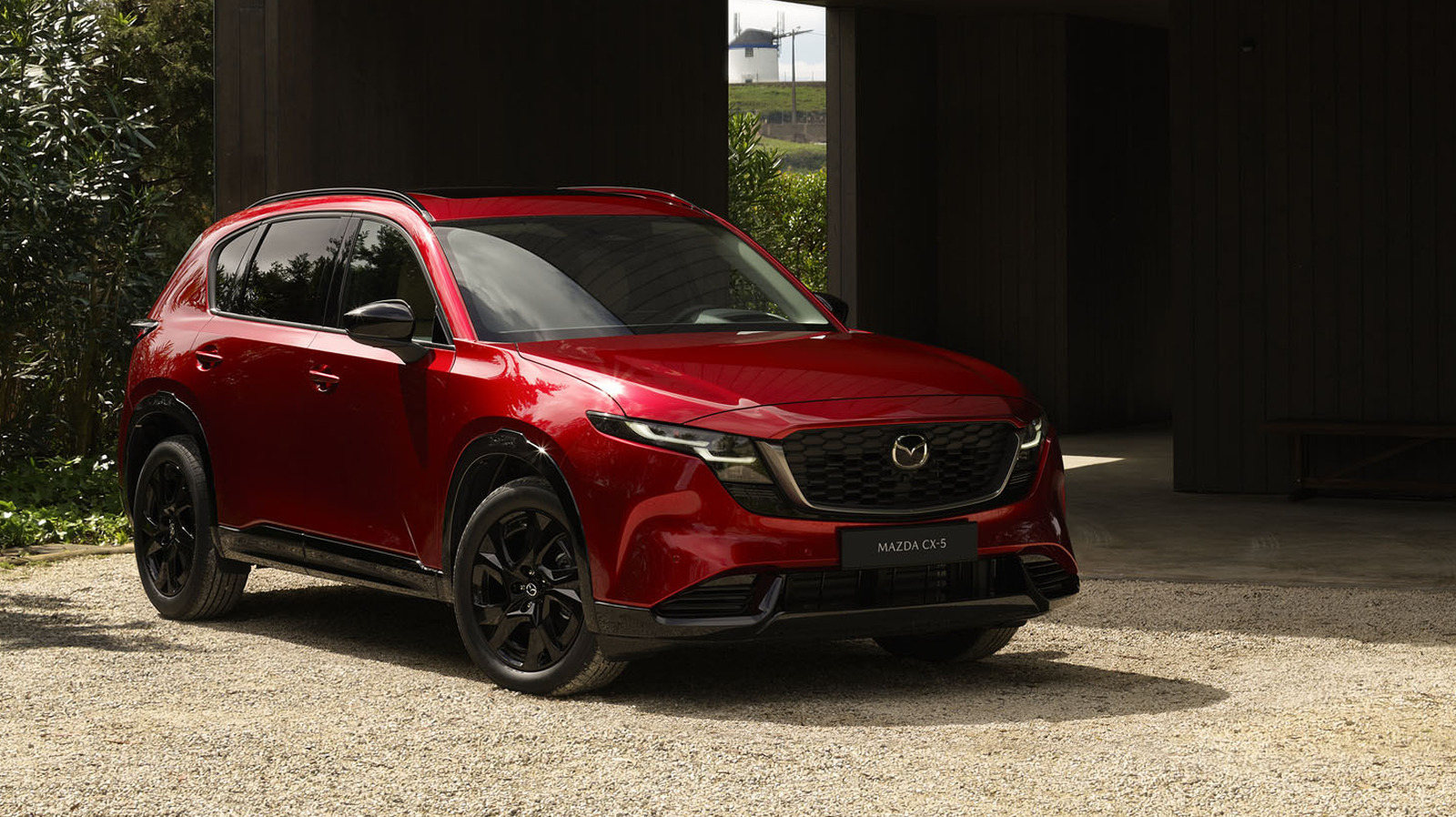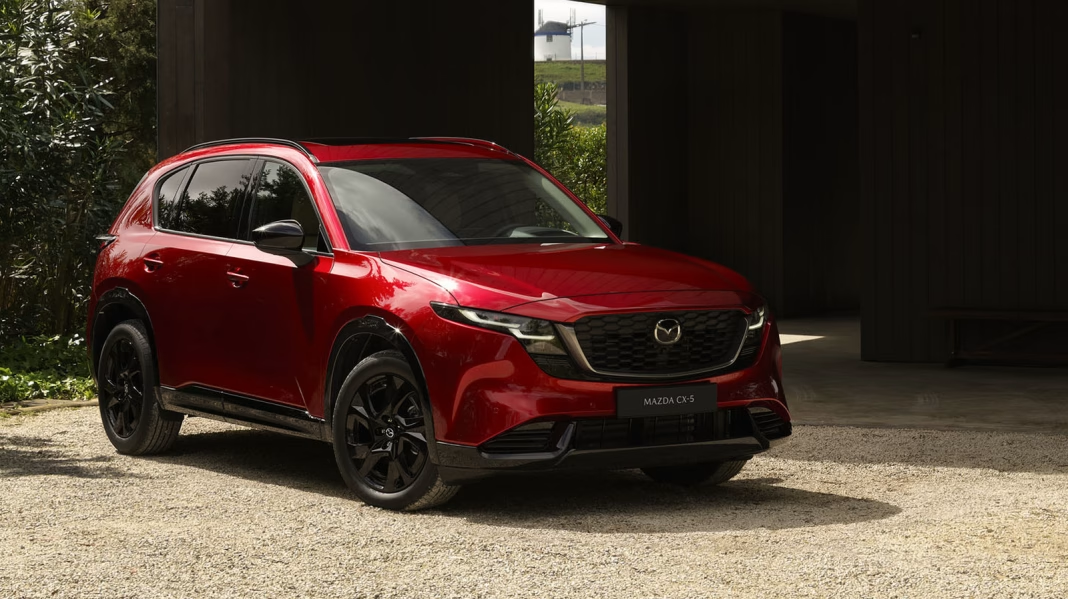How Is Mazda Planning to Tackle Soaring Tariff Costs in the US?
Mazda’s leadership isn’t sugarcoating it: US tariffs are set to hit the automaker with a staggering $1.6 billion bill. That’s enough to make any CEO sweat. But Masahiro Moro, Mazda’s chief executive, isn’t just bracing for impact—he’s rolling up his sleeves and getting creative. Instead of relying on a single fix, Moro is betting on what he calls a cocktail of countermeasures to soften the blow. So what does that actually look like in practice, and how might it affect Mazda’s future in the American market?
What Exactly Is a “Cocktail of Countermeasures”?
When Moro talks about a cocktail, he’s not referring to happy hour. He means a blend of strategies—some familiar, some bold—that together could reduce Mazda’s tariff exposure by as much as 60 percent. That’s not just wishful thinking. It’s a calculated approach that combines supply chain tweaks, smarter sourcing, and possibly even shifting some production closer to American soil.
For example, Mazda is exploring ways to diversify where it sources parts and components, making the company less vulnerable to tariffs targeting specific countries. They’re also looking at logistics—rethinking how vehicles and parts are shipped, stored, and distributed. It’s a bit like playing chess: every move is designed to outmaneuver rising costs without sacrificing quality or customer satisfaction.
How Will These Moves Affect Mazda’s US Customers?
Let’s be honest—when automakers face higher costs, there’s always a risk those costs get passed on to buyers. But Mazda’s multi-pronged strategy is designed to minimize sticker shock. By trimming tariff exposure, the company can keep prices competitive, which is crucial in a market where shoppers have plenty of choices.
There’s also a silver lining for US-based Mazda fans. If the company ramps up local production or partners more closely with American suppliers, that could mean more jobs and investment stateside. It’s a win-win: Mazda shields itself from tariffs, and US communities see economic benefits.
Are Other Automakers Taking Similar Steps?
Mazda isn’t alone in this fight. Across the industry, carmakers are rethinking their global footprints in response to trade tensions. According to a recent report from the Center for Automotive Research, nearly 70 percent of automakers with international supply chains have either shifted or are considering shifting some operations to avoid tariffs. Mazda’s approach stands out for its transparency and the sheer scale of its ambition—cutting tariff exposure by 60 percent is no small feat.
What Are the Risks and Rewards of This Strategy?
No strategy is foolproof. There’s always the risk that shifting suppliers or production could disrupt quality or slow down innovation. But Mazda’s leadership has a track record of balancing cost-cutting with their reputation for reliability and driving enjoyment. In fact, the company’s willingness to adapt quickly may give it an edge over slower-moving competitors.
On the upside, if Mazda’s cocktail of countermeasures works as planned, the company could emerge from this tariff storm leaner, more resilient, and better positioned for long-term growth in the US. That’s not just good news for Mazda—it’s a positive sign for the broader auto industry, which is under pressure to adapt to a rapidly changing global landscape.
What’s the Big Takeaway for Mazda and Its Fans?
Mazda’s response to the tariff challenge isn’t about finding a magic bullet. It’s about layering smart, flexible solutions that add up to real impact. The big takeaway? Navigating tough economic headwinds isn’t about perfection—it’s about smarter adjustments. Start with one change this week, and you’ll likely spot the difference by month’s end. For Mazda, and for anyone facing similar challenges, that’s a recipe worth toasting.


